Does Virtual Work in the Hospitality Industry?
Now, more than ever, the utilization of home-based resources is key to maintaining a productive, and profitable, workforce. While the hospitality industry still reels from the effects of Covid-19, Many hospitality companies are looking for ways to reduce their overhead, maintain efficiencies, and leverage any opportunities they can to create revenues. Remote based employees are certainly a means to those ends but while they may be solving one problem, they may also be creating others.
Whether you are re-evaluating your current situation or looking to expand your team, keep in mind the potential impact on your customer relations, your organizational efficiency, and your Culture while also considering the following factors.
While many hotel employees need to be guest facing or supporting via back of the house operations, there are hundreds of variations to existing operating models that can support a remote work force, if done properly. Centralized, outsourced, interim, or even situational support can bridge corporate resource gaps, scaling issues related to rapid room count expansion or reduction; the consumption of part time positions across a portfolio, or a bridge form one stage to another. Whether at the corporate level, property level, asset management level or specific operating departmental level, everyone can apply a remote or hybrid model.
Analyze Your Business Model
The current Hospitality environment is not like other companies in that the peaks and valleys of travel are impacted more dynamically than those of outside of Hospitality. While many companies have been able to utilize the stay-at-home model to increase associate safety, hospitality necessitates an ongoing assessment and adjustment based upon demand and the structure needed to support that demand.
To ensure your long-term profitability, as well as viability, you must ask yourself if it will work. If a virtual environment has been in place temporarily, has it been working to date? The workforce that you ran your business with may not be the best suited for the workforce you currently need or may need going forward. It needs to work for you, your organization, your Associates, and your Customers.
Choosing the Right Infrastructure
There is an old saying “Plan the work and work the Plan”. Productivity is inevitably impacted due to lack of structure or having the wrong people within that infrastructure. A solid infrastructure for your Virtual workforce maintains the strong business foundation you have established. Areas of consideration.
- Technology – Is it compatible, secure, consistent, and reliable? Does it integrate, or better yet, enhance your current technology? Utilization of online Task Management tools such as Hub staff will allow you to create customized task categories to measure time spent against productivity. Many hospitality companies have relied previously on VPNs that do work well remote and need to switch to a more fluid technology.
- Support – Working virtual does not change your business needs or how it is organized. If your Accounting support team is remote, they are still your Accounting Team with the same deliverables and expectations. Another key consideration is your Help Desk or Technical Support: while virtual/dial in support is readily available, how do you, will you, handle catastrophic loss of either a corrupt system, computer malfunction/replacement, security breaches or ransom ware.
- Communication – Hoteliers, and Hospitality in general, by definition, tend to thrive on human interaction. Absent that face to face each set of interactions needs to be well thought out and sequenced with the next task and be organized appropriately. The frequency needs to increase as distance increases. Who is involved also needs to be reconsidered so efficiency is maintained at the highest levels?
- Leadership – The appropriate management skills, tools, and profile are foundational in managing a team that is home based, loading laundry, while they are focusing on the day-to-day tasks. Current Hospitality leadership training is based upon one on one/face to face interactions. When the environment changes, the leadership team needs to adapt their coaching and communication style. Given the lack of in-person interactions, they need to re-evaluate how they measure performance. While these practices are like onsite management the need for clarity and equity is heightened even further in the remote environment. Keep in mind that that Leader may need to balance on site face to face leadership with Remote associates as well.
Target the Right People
Your current workforce has more than likely been screened against your traditional/pre COVID-19 office setting profile. The skill sets required to work at home, and the lack of the same level of socialization and isolation that home based work requires, necessitates quite different skill sets. With the current circumstances, it is imperative to consider the following:
- Change screening requirements of your profiling tools to isolate, and put greater weight against, specific home-based work traits. Sample screening tools for the hospitality industry are Traitify, Taleo and SHL.
- Revamp productivity measures for those home-based workers
- As noted earlier, tools such as Hub staff, allows you to track employee hours, tasks, and overall productivity.
- Audit the leadership to ensure they can effectively manage/communicate in this type of workforce
- In conjunction with your infrastructure, defining whether you can utilize a contractor or need a full-time associate should be evaluated. FTE cost, tax implications, consistency of service delivery and integration of technology systems are all considerations if you choose to selectively outsource.
Execution Strategy
As noted earlier, the dynamics of the current state of the Hospitality industry dictates that our approach be as equally dynamic. It necessitates an ongoing evaluation, and revaluation, as our Industry recovers. The above areas are a great basis for your implementation plan.
Consider who will be involved in the implementation and engage them from the beginning. Identify your gaps early and engage the appropriate resources. In some cases, your need may be temporary so outside resources should be considered rather than adding long term expense. A “Gant Chart” approach allows you to map out specific steps by area, timelines, accountability, the impact of those actions and the impact on productivity before it is too late to adjust. It also becomes a road map of where you have been, as well as the foundation for where you will need to go. The process remains the same, but the steps may change

